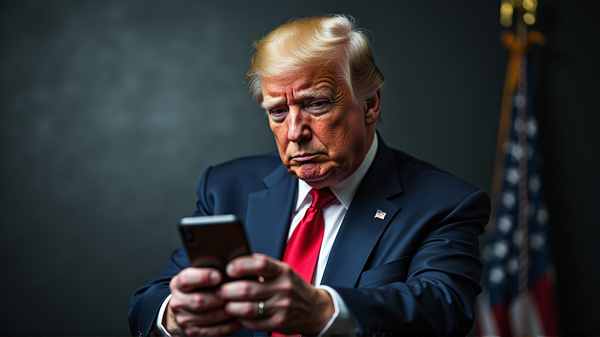Truth or Myth? Unmasking the Social Media Rumor on India and Pakistan's C4 Surprise
The Social Media Storm: A Viral Misquote
In a world where information zips across platforms at lightning speed, misinformation often rides shotgun, creating turmoil and confusion. Recently, social media platforms saw a frenzy of attention directed toward a purported comment by India’s Deputy Chief of Army Staff, Lt Gen Rahul R Singh. This false narrative claimed that Pakistan’s C4 capabilities caught India by surprise. However, the Press Information Bureau (PIB) Fact Check promptly refuted these claims, presenting evidence of manipulation by certain social media accounts, reportedly originating from Pakistan. According to Mathrubhumi English, the statement was misconstrued as part of a covert disinformation campaign.
Debunking the Falsehood: Real Comments by Lt Gen Singh
PIB’s Fact Check didn’t just stop at denial. They went further by releasing actual footage of Lt Gen Singh’s speech, dispelling any doubts about his real remarks. Speaking at the “New Age Military Technologies” seminar organized by FICCI, Lt Gen Singh highlighted the indirect role played by China, which supported Pakistan with advanced technology amid an Indo-Pak conflict in May. His insights unveiled a strategic chess game where, though Pakistan was the visible player, China was the mastermind of a strategy known as “killing the adversary with a borrowed knife.”
Triad of Allies: China, Turkiye, and Pakistan
Lt Gen Singh’s statements confirmed China as a major supporter of Pakistan, with substantial assistance extending to almost 81% of Pakistan’s military hardware in recent years. Furthermore, Turkiye’s role in supplying military drones to Islamabad highlights an axis of allies that adds complexities to regional security in South Asia. These relationships reveal the multifaceted threats India faces, requiring constant vigilance and strategic evolution.
Technological Edge: The Real Battlefront
The event’s discussions focused not merely on the material support extended by China’s technology but also spotlighted China’s strategic use of satellites to offer real-time intelligence to Pakistan. The seminar’s conversations delved into C4ISR technologies, emphasizing their growing significance in modern warfare and signaling India’s imperative to intensify civil-military synergies.
Crafting India’s Defense Future
In response to these challenges, Lt Gen Singh called for an accelerated push towards self-reliance in defense technologies. By fostering indigenous R&D, India aims to reduce its reliance on external sources and pressures. Discussions are already in progress to establish a robust drone policy by the fall to face these multifaceted threats head-on, aiming to solidify India’s position in an ever-evolving theater of warfare.
Conclusion: Core Takeaway
The episode not only transcends a narrative correction but also acts as a stark reminder of the convoluted dynamics in international relations. India’s call for strengthening its defenses and self-reliance reflects an understanding that in a global scenario riddled with misinformation, strategic technological advancement, and forging reliable domestic capabilities are key to national security.




